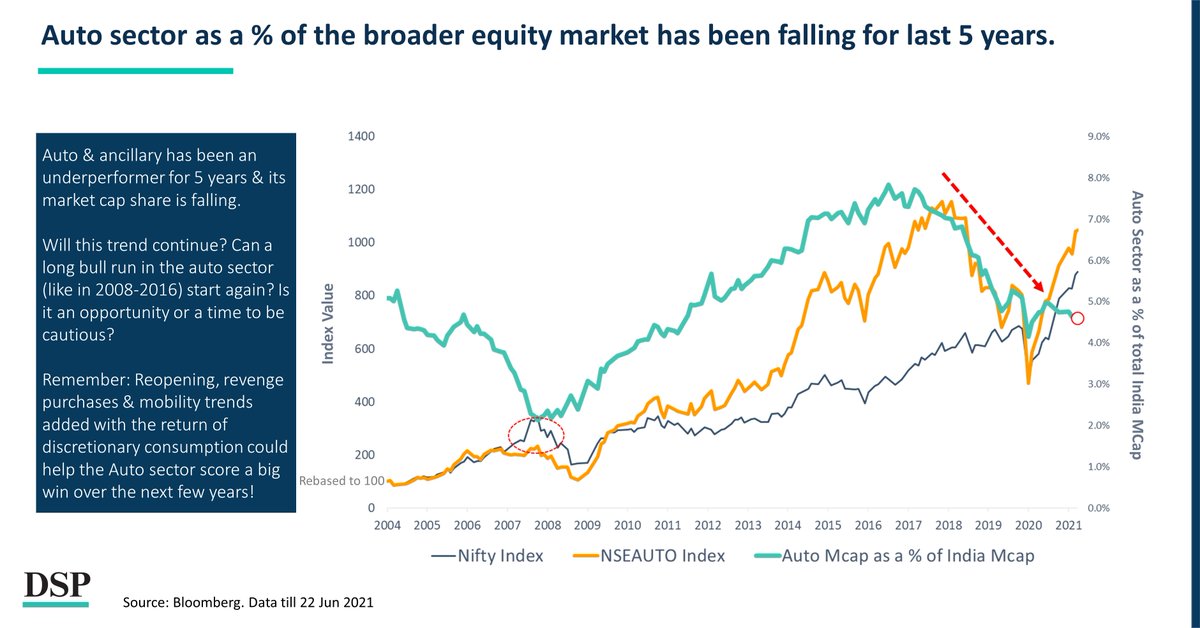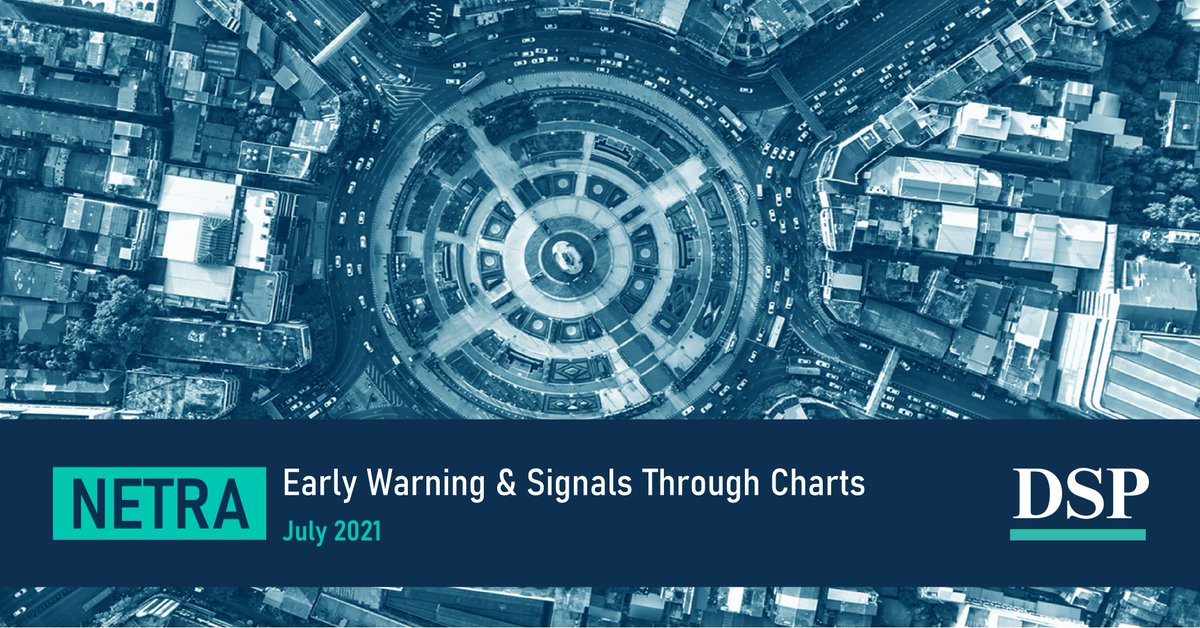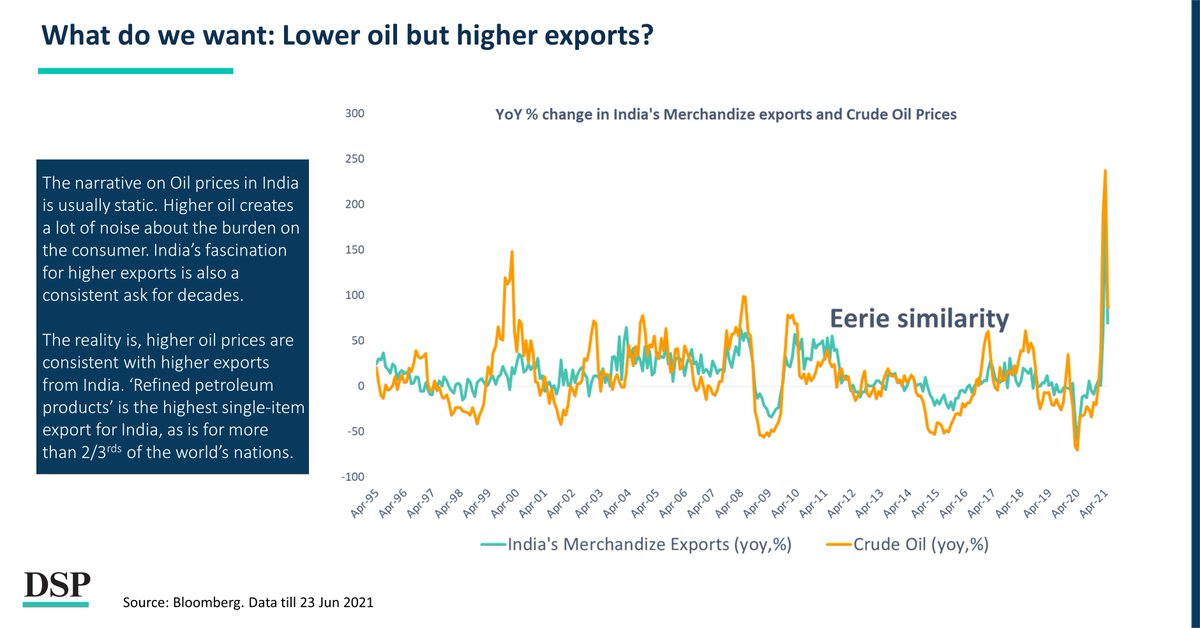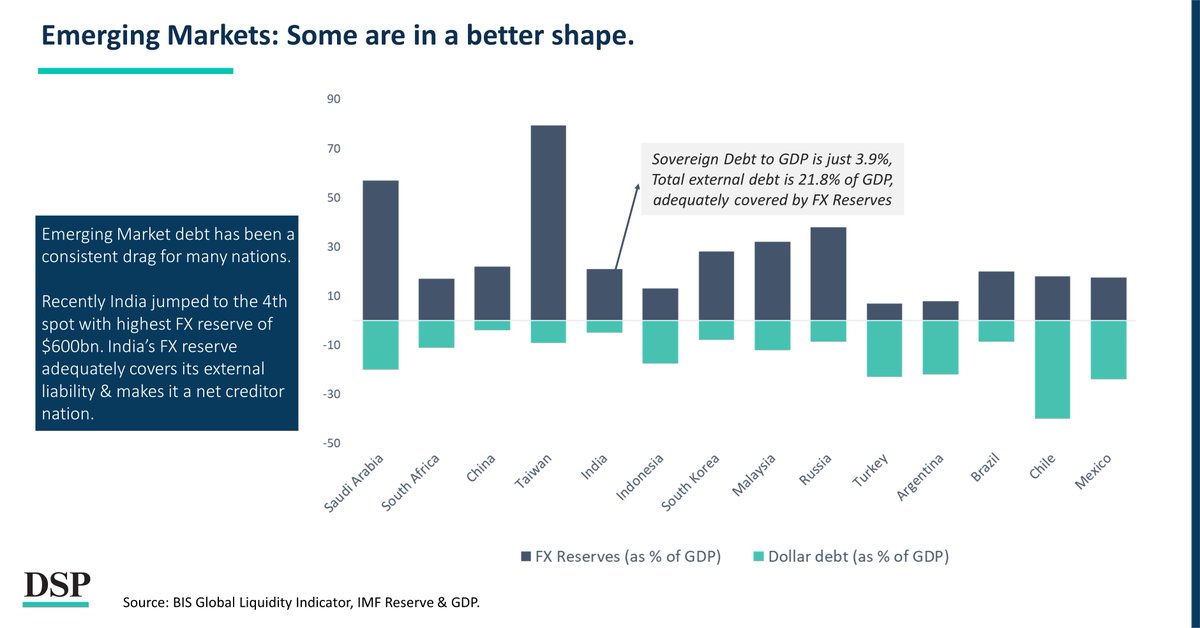Sri Devi Karumariamman mandir, Chennai, Tamilnadu
Sri Devi Karumariamman mandir is in Thiruverkadu, a suburb of Chennai. It is said that God Muruga came here and obtained the 'Vel' (spear) from His mother, Goddess Karumari (an avatar of Parvathi) 1/n
to fight the demon Suran and hence this place was called as 'Vel kadu' and became as Verkadu. As per legend Devi Karumariamman once disguised as a soothsayer visited Bhagwan Surya, the Sun God, to predict His future. 2/n
Not realising that the soothsayer is none other than Sakthi Matha, Surya ignored Her. Angered by his indifference, Devi Karumariamman immediately retreated. Bhagwan Surya lost His glory and the earth plunged into darkness. 3/n
Bhagwan Surya then realised His folly and pleaded forgiveness from Devi Karumariamman. In order to pacify mother Karumariamman, Suryadev said that His rays would fall on Her directly twice in a year and touch her feet. (in the month of Panguni (March- April) & during (Sep - Oct)
Mother Karumari Amman is worshipped here in two forms.A swayambu (self manifested) with only head visible above the ground and another one in a graceful sitting posture with all Parasakthi features,with four arms holding skull, sword, trishul, udukkai (damru). 5/n

















